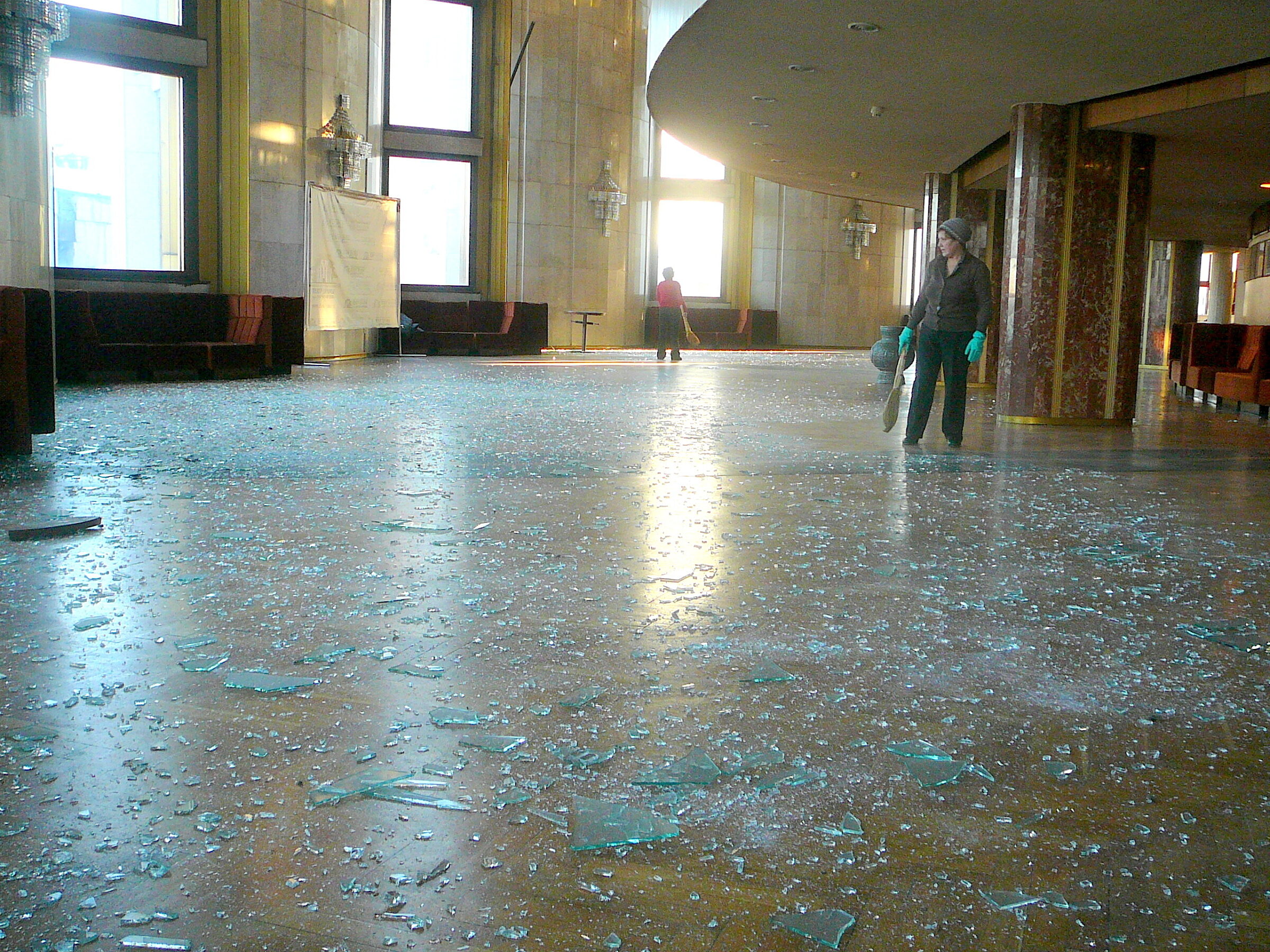Kate Howells • Feb 15, 2023
What was the Chelyabinsk meteor event?
On Feb. 15, 2013 at 9:20 a.m. local time, residents of the city of Chelyabinsk, Russia, witnessed something few humans ever have: an asteroid exploding in the atmosphere.
The event was well-documented, almost by accident. Dashboard cameras in cars were very popular in Russia at the time, and many of these cameras captured video recordings of the meteor (the streak of light across the sky) and the great flash that came when the asteroid exploded.
The Chelyabinsk meteor Dash-cam footage of an asteroid burning up and then exploding in the atmosphere above Chelyabinsk, Russia in 2013.Video: Aleksandr Ivanov
The asteroid responsible for the event was about 20 meters (66 feet) in diameter, and entered the atmosphere at a relatively shallow angle with a speed relative to Earth of about 19 kilometers per second (69,000 kilometers per hour or 42,690 miles per hour). When it hit the Earth’s atmosphere it began to burn up and then exploded about 30 kilometers (less than 19 miles) above the surface.

The explosion created a flash that was briefly brighter than the Sun and a shockwave that is estimated to have released the same amount of energy as 500 kilotons of TNT — around 30 times more energy than the atomic bomb detonated at Hiroshima. Luckily, the explosion happened high enough off the ground that its energy was mostly absorbed into the atmosphere. If it had happened lower, or if the asteroid had hit the ground intact, the damage could have been unlike anything in human history.
The explosion wasn’t without consequences, though. It created a shockwave that traveled through the atmosphere and reached the ground, damaging 7,200 buildings across six cities and sending 1,500 people to local hospitals and clinics with injuries. Most of the injuries were caused by curiosity; people saw the bright flash and went to their windows to look outside. The shockwave, traveling at a slower speed, arrived later and shattered the windows, injuring people with flying glass.

The most unsettling thing about the Chelyabinsk event is that nobody saw it coming. The asteroid wasn’t detected until it was already hurtling through Earth’s atmosphere, in large part because it came from the direction of the Sun and was hidden by its glare.
Coincidentally, another asteroid had been predicted to make a close (although much, much less close) approach to Earth later that same day. In fact, The Planetary Society even hosted a webinar about the roughly 30-meter (98-foot) asteroid 367943 Duende, discovered by a winner of a Planetary Society Shoemaker Grant used to upgrade their observatory, to share the exciting moment with our members and the public. In addition to our grants supporting asteroid research, part of our mission has always been to increase public awareness of the asteroid threat and advocate for government funding for ground-based and space-based asteroid observations and other research to improve our understanding of what’s out there before it’s too late.
With new asteroid-hunting technologies like the NEO Surveyor spacecraft being developed, we’ll be better equipped to find asteroids like this one sooner, calculate their trajectories, and take actions to avoid any injuries or deaths.
Support our core enterprises
Your support powers our mission to explore worlds, find life, and defend Earth. You make all the difference when you make a gift. Give today!
Donate

 Explore Worlds
Explore Worlds Find Life
Find Life Defend Earth
Defend Earth

